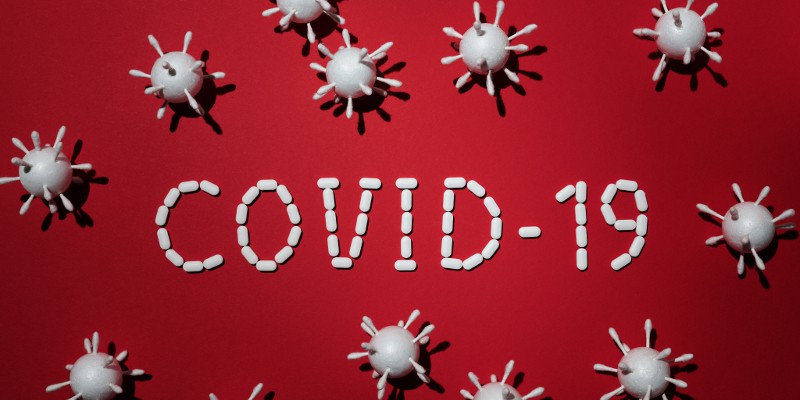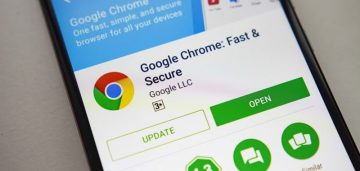COVIDSafe App Hoax Message Spread in Australia

Governments all over the world are trying to find new ways of fighting the COVID-19 pandemic, and they often find solutions in modern technology. Australia, for example, recently introduced COVIDSafe, a mobile application that is supposed to help contain the virus. To say that it's been received with mixed reaction would be an understatement. Plenty of people criticized the app before it was even launched, and some of them did it without actually knowing how it works. Let's avoid the same mistake, take a look at the mechanics behind COVIDSafe, and see if it can indeed help.
Perhaps we should point out that COVIDSafe is not being forced upon Australians. Every single person is free to choose whether or not they want to have it on their phone. Those who do download it need to make a registration in order for the app to work. During it, they provide their names, postcode, age range, and phone number (which is confirmed via SMS). From then on, the only thing they need to do is make sure that the Bluetooth functionality of their device is turned on.
Table of Contents
How can COVIDSafe help contain the coronavirus outbreak?
When the app's running, it uses Bluetooth (without broadcasting the device name) to figure out whether there are any other mobile phones with COVIDSafe installed on them in the vicinity. If there are, it receives their unique identifiers via Bluetooth and stores them in a database located on the device. In simple terms, without exchanging any personal information, COVIDSafe logs the close contacts you've had with other people who have installed the application.
If one of those people is tested positive for COVID-19, you, and all the other COVIDSafe users he or she has interacted with will be notified about it. If you know for sure that you've been close to the virus, you can take the necessary precautions to ensure that you treat the disease early, and you don't spread it further.
It sounds like a good solution, but some people perceive it as a gross invasion of privacy. They argue that it's a handy tool that lets the government track its citizens and spy on their contacts.
The security community backs COVIDSafe
Information security experts, however, are saying that the skepticism is completely unfounded. They did share their disappointment with the fact that the app wasn't open-sourced from the very beginning, but after reverse-engineering it, they noted that it's not obfuscated in any way.
They seem pretty happy with what they've seen. The communication with the cloud is encrypted, COVIDSafe doesn't share any personal information with other apps, and after 21 days, the data is deleted because it's no longer relevant.
Troy Hunt, one of the most recognizable names in the industry, has been an especially active defender of COVIDSafe. Even before the app's launch, Hunt argued that the potential benefits vastly outweigh the minimal privacy risks, and his initial thoughts were confirmed after he installed COVIDSafe and saw other experts take it apart in order to examine its functionality more closely. All in all, most security and privacy professionals say that Australians shouldn't have any concerns when they're installing the app.
People seem to be listening. Australia's healthcare officials said that to be effective, the app needs to be used by about 40% of the population. That's 10 million installs, and while this figure is still a long way away, in a matter of a couple of days, it was downloaded on close to 3 million devices, which is a pretty good start. It's already used in a scam as well.
A COVIDSafe hoax tries to discredit the app
One of the things that both security experts and government officials have been trying to explain is that COVIFSafe doesn't actually have geolocation capabilities. It can tell you whether you've been close to another person using the app, and it can say when this encounter happened. It can't say where you were at the time, however, because it doesn't use the GPS functionality of your phone. Unfortunately, this fact won't stop scammers from trying to spread misinformation.
ABC News reports that for the last couple of days, Australians have been receiving fake text messages, supposedly coming from the government. According to the SMS, the COVIDSafe app has detected that the recipient is more than 20 kilometers away from their home, and they need to call a phone number and explain themselves. None of this is true, of course.
Even if you are more than 20 kilometers away from your home, the government can't learn about it through the COVIDSafe application, and if you follow the instructions, you'll do little more than cause some confusion, because the provided phone number is set up for expats who want to get in touch with the government.
Whoever organized the hoax has no way of monetizing it, which means that they are simply trying to discredit COVIDSafe and persuade Australians that the app is spying on them. In the end, every single Australian should decide for themselves whether or not they want to install the application on their device. Whatever their decision, however, they should all bear in mind that if they receive a message suggesting that COVIDSafe is tracking their location, someone is lying to them.








